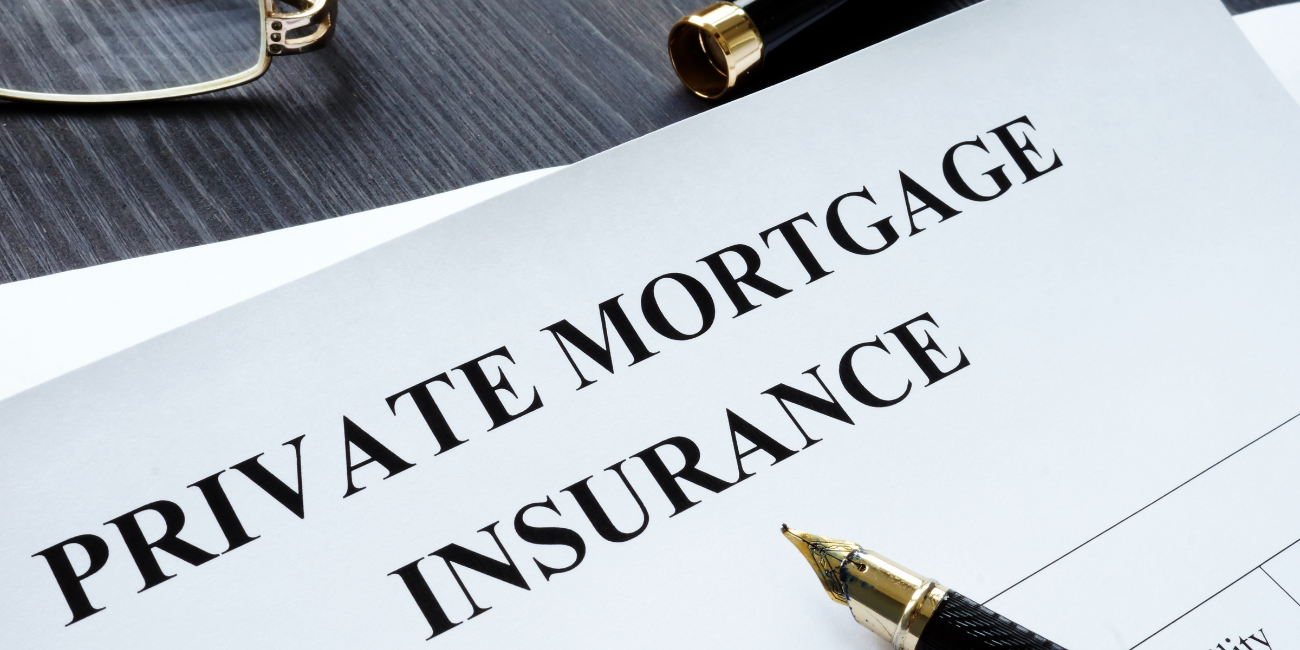When you are dealing in real estate, the term "PMI" can come across commonly. PMI, or Private Mortgage Insurance, plays a very important role in the mortgage lending process. It's an added cost that borrowers must consider alongside their monthly mortgage payments and insurance premiums.
Then again, is PMI good or bad? How does it work exactly? And who pays for it anyway? In this blog post, we'll cover everything you need to know about what is PMI in real estate - from its definition and importance within the industry all the way down to strategies on how you can avoid paying excessive amounts of PMI fees.
You could be new to this concept or looking for a refresher course - get ready for some enlightening insights ahead!
What is PMI in Real Estate?
PMI is short for Private Mortgage Insurance, and it's a form of insurance that protects mortgage lenders against the risk of default by borrowers. It comes into play when a borrower makes a down payment of less than 20% of the home's purchase price. The purpose of PMI is to shield the lender. That’s because they are taking on more financial exposure with higher loan-to-value ratios.
The good news for borrowers is that PMI doesn't have to be an ongoing expense. Homeowners just need to pay off their mortgage and build equity in their property. Then, they can request cancellation or removal of PMI from their monthly payments.
Imagine you're buying your dream home worth $250,000 but only have enough savings for a 10% down payment ($25,000). In this case, your lender may require you to obtain PMI coverage until you reach at least 20% equity in your home.

Is PMI good or bad?
From the perspective of mortgage lenders, PMI is actually a good thing. It gives them an added layer of protection against potential losses in case borrowers default on their loans. This reassurance allows lenders to offer mortgages to individuals with insufficient funds for a 20% down payment.
On the other hand, from the borrower's point of view, PMI can be seen as both good and bad. It helps buyers enter into homeownership sooner. With a PMI, they become qualified for a mortgage they might not be able to otherwise afford due to limited savings.
At the same time, it also means added monthly expenses since PMI premiums are typically included in your overall mortgage payment.
How Does PMI Work?
It's really simple to understand how PMI works:
- PMI payments are typically paid monthly by the borrower. Factors like mortgage loan size and down payment amount impact the amount of PMI.
- The premium for PMI is usually included in the borrower's monthly mortgage payment. That's an easier way to handle it.
- This insurance expense continues until the homeowner reaches a 20% equity position in their property.
- Once they achieve this milestone, borrowers can request that the lender remove or cancel their PMI.
For instance, let's say you took out a $200,000 mortgage with only a 10% down payment ($20,000). Your lender could require you to pay approximately $100 per month towards your private mortgage insurance. As time goes on and your payments help build equity, once your outstanding loan balance hits approximately $160,000 (reaching 80% of its initial value), you can ask your lender to eliminate that added cost from your monthly expenses.
How long it takes to reach that point varies on a number of things, such as interest rates and early payments made during the homeownership.
Why is PMI Important for the Real Estate Industry?
There's no denying that PMI plays a key role in the real estate industry. Protecting the lenders or increasing the affordability of the borrowers, here are some reasons why PMI matters:
- Increased Market Demand: With PMI, homebuyers can secure mortgages with smaller down payments. It clearly helps home seekers enter the housing market sooner and with relief.
- Lender Confidence: By protecting against the risk of failure, PMI makes lenders more likely to give loans to people who don't have a lot of money upfront. This freedom opens up more options and makes it easier to get credit.
- Housing Market Stimulation: Easier access to mortgage financing means increased home purchases. The process further stimulates the housing market by driving transactions and ensuring economic growth.
- Financial Inclusivity: PMI enables individuals without significant savings or family help to fulfill their dream of homeownership. Even if some conventional loan programs mandate a 20% down payment requirement, you don't need to worry much if you don't have it!
How Much Does PMI Cost?
The cost of PMI varies depending on the loan amount, credit score, and down payment percentage. On average, it ranges between 0.46% to 1.5% of your total loan amount per year.
This means that if you have a $200,000 mortgage with an annual PMI rate of 1%, you could be paying an extra $2,000 per year or approximately $167 per month towards private mortgage insurance.
Remember that these numbers are just guesses; they could be different for you depending on your situation and the market condition. It's important to talk to your lender about the exact costs of PMI to get correct information about your position.
Who Pays for PMI?
PMI is not a benefit for borrowers, even though many think that. It's rather an additional cost that falls on their shoulders. As a borrower, you are responsible for paying the premiums associated with PMI along with your monthly mortgage payments. The concern is that if you have a lower credit score or a higher loan-to-value (LTV) ratio (a smaller down payment), expect to pay more in terms of PMI premiums.
When Does PMI Cancel?
PMI doesn't stay with you forever! Once you've built up at least 20% equity in your home, whether through a down payment or appreciation over time, you can request the cancellation of PMI. In fact, lenders are legally obligated to cancel it automatically once your equity reaches 78% of the original value of the home.
Remember, though - it's always best to double-check with your lender about their specific requirements for canceling PMI based on individual circumstances.
Strategies to Avoid PMI
Aiming to dodge the costs related to Private Mortgage Insurance (PMI)? There are a few clever strategies you can employ:
- Save for a Larger Down Payment: Save up and make a down payment of at least 20%. This way, you can eliminate the need for PMI altogether. It may take some time, but it's worth it in the long run.
- Consider a Piggyback Loan: This involves taking out two loans - one mortgage covering 80% of your home's value and another smaller loan for the remaining balance without PMI requirements.
- Explore Alternative Loan Programs: There are Government-backed loans like FHA or VA loans. They often allow lower down payments without necessitating PMI.
- Refinance When Your Equity Grows: After some time, your property will appreciate in value. Then refinancing could lower your LTV ratio enough to potentially cancel out PMI expenses.
Conclusion
PMI in real estate serves as a protection for mortgage lenders and makes way for the borrowers to achieve their homeownership dream. It adds an extra cost to the monthly mortgage payment but also opens doors for many borrowers who may not have been able to buy a home otherwise. Understanding what does PMI mean in real estate and exploring strategies to avoid or cancel it can empower any homeowner.
At Excelsior Realty, we understand the ins and outs of the real estate industry. Our experienced team is here to guide you through every step of the process, including navigating PMI requirements.
Contact us today or visit our website to learn more about buying or selling properties without any surprises along the way. Your dream home awaits – let's make it happen together!


